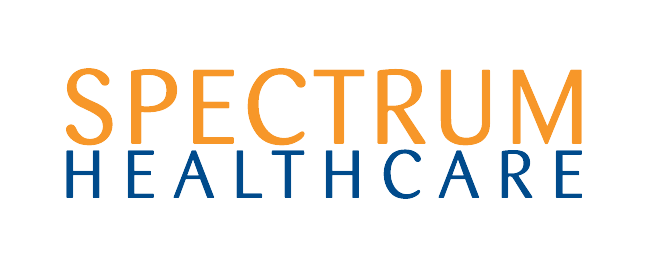
Achilles Tendinopathy
The Achilles tendon is a tough band of fibrous tissue that connects our calf muscles to our heel bone. It is the largest and strongest tendon of the body, withstanding forces of up to 12 times our body weight during running(1). As such, Achilles Tendinopathy is a condition that can affect athletes of any running, jumping sport, but most commonly runners. In any one year, Achilles tendinopathy afflicts 7-9% of both recreational and professional runners(2).

What causes Achilles Tendinopathy?
In the large majority of cases, Achilles Tendinopathy arises with a sudden change in the load or burden placed on the tendon – that is, a rapid increase in training or game time, a change in footwear or terrain. Instead of the tendon growing and adapting the suit the increased workload, it becomes overloaded. This turns into a vicious cycle of loading (i.e. running) and failed healing, which gradually leads to the breakdown of tendon tissue and consequently pain.

What does Achilles Tendinopathy look like?
Those with Achilles tendinopathy normally experience a gradual onset of pain over the tendon or it’s insertion into the heel bone. Pain will be exercise or sport related, but in its later stages everyday activity can also be painful. Depending on how severe the tendinopathy is, those with this condition may also experience pain following activity, after rest and into the next day. Often pain will be worse in the morning, and the tendon or heel bone itself may be sore to the touch.

How do we fix Achilles Tendinopathy?
Despite all this there is good news – Achilles tendinopathy can be fixed. One study finding 82% of people who underwent a specialised exercise program were able to return to their previous level of activity after 12weeks(3). This may seem counter-intuitive initially but the key to fixing any tendinopathy is simple – Increase the capacity of the tendon tissue. Increasing the tendon’s capacity helps us to break that cycle of failed healing, and allow the tendon to adapt to the workload placed on it. This is done by:
- Addressing the change in load on the tendon, i.e. change in shoes, change in training. This may mean modifying or temporarily reducing the amount of activity you may be doing.
- Gradual strengthening and loading of the Achilles tendon-muscle complex, under the direction of a Physiotherapist, Chiropractor or Exercise Physiologist.
- Addressing any secondary issues in kinetic chain, i.e. hip and knee coordination and strength, which may be contributing.
References:
1. Komi, P., Fukashiro, S., & Järvinen, M. (1992). Biomechanical loading of Achilles tendon during normal locomotion. Clinics in sports medicine, 11(3), 521-531.
2. Maffulli N, Wong J, Almekinders LC. Types and epidemiology of tendinopathy. Clin Sports Med 2003;22:675-92.
3. Mafi N, Lorentzon R, Alfredson H. Superior short-term results with eccentric calf muscle training compared to concentric training in a randomized prospective multicenter study on patients with chronic Achilles tendinosis. Knee Surg Sports Traumatol Arthrosc 2001;9:42-7.
